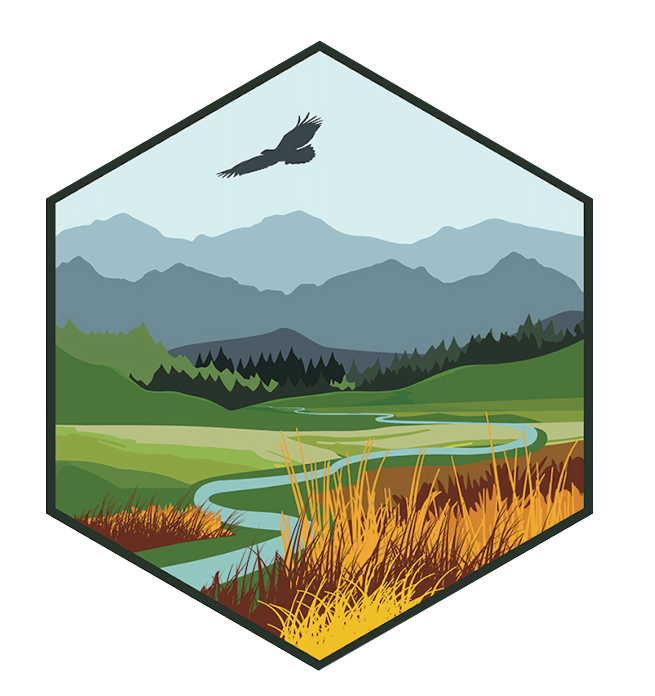Fireworks Article by Phil Higuera and Jennifer Balch Picked Up by Multiple Media Outlets
NC CASC University Director, Jennifer Balch, and Consortium Partner, Phil Higuera at the University of Montana, co-authored an article that was featured in The Conversation on June 30th. The article, “Skip the fireworks this record-dry 4th of July, over 150 wildfire scientists urge the US West,” discussed record-dry levels and extreme fire danger that the US West currently faces and the dangers of fireworks on the 4th of July.
July 2021 Webinar Slides
Read Jennifer Balch's Fireworks Op-ed in The Hill
NC CASC University Director, Jennifer Balch, wrote an op-ed that was featured in The Hill before the 4th of July. The piece urges people to avoid fireworks for July 4th celebrations this year in the Western US, due to the unprecedented drought and looming wildfire season.
New Invasive Species Project Open at the NC CASC
A new project under PI Chelsea Nagy will focus on integrating the research and management of invasive species, climate change, and fire.
New Publications Supported by the NC CASC
Check out the list of recent publications that were supported by the NC CASC.
May/June 2021 Newsletter
When
The NC CASC and USDA Northern Plains Climate Hub will hold a series of topic-based listening sessions with the Joint Stakeholder Committee (JSC) and their team members. The JSC provides guidance, coordination, and collaboration to these two unique but complementary entities and helps facilitate communication and awareness for federally funded climate research.
NC CASC Hiring a Communications Specialist!
The North Central Climate Adaptation Science Center (NC CASC) invites applications for a part-time Communications Specialist. This position will work closely with the NC CASC team to develop communication products that tell engaging stories about the science, education and outreach activities we do to help natural and cultural resource managers adapt to a changing world.
When
Are you a resource manager or researcher interested in learning how to work with climate data in Python?
Contact Us
Want to see more? Do you have feedback? Was this site helpful? Send us an email!

